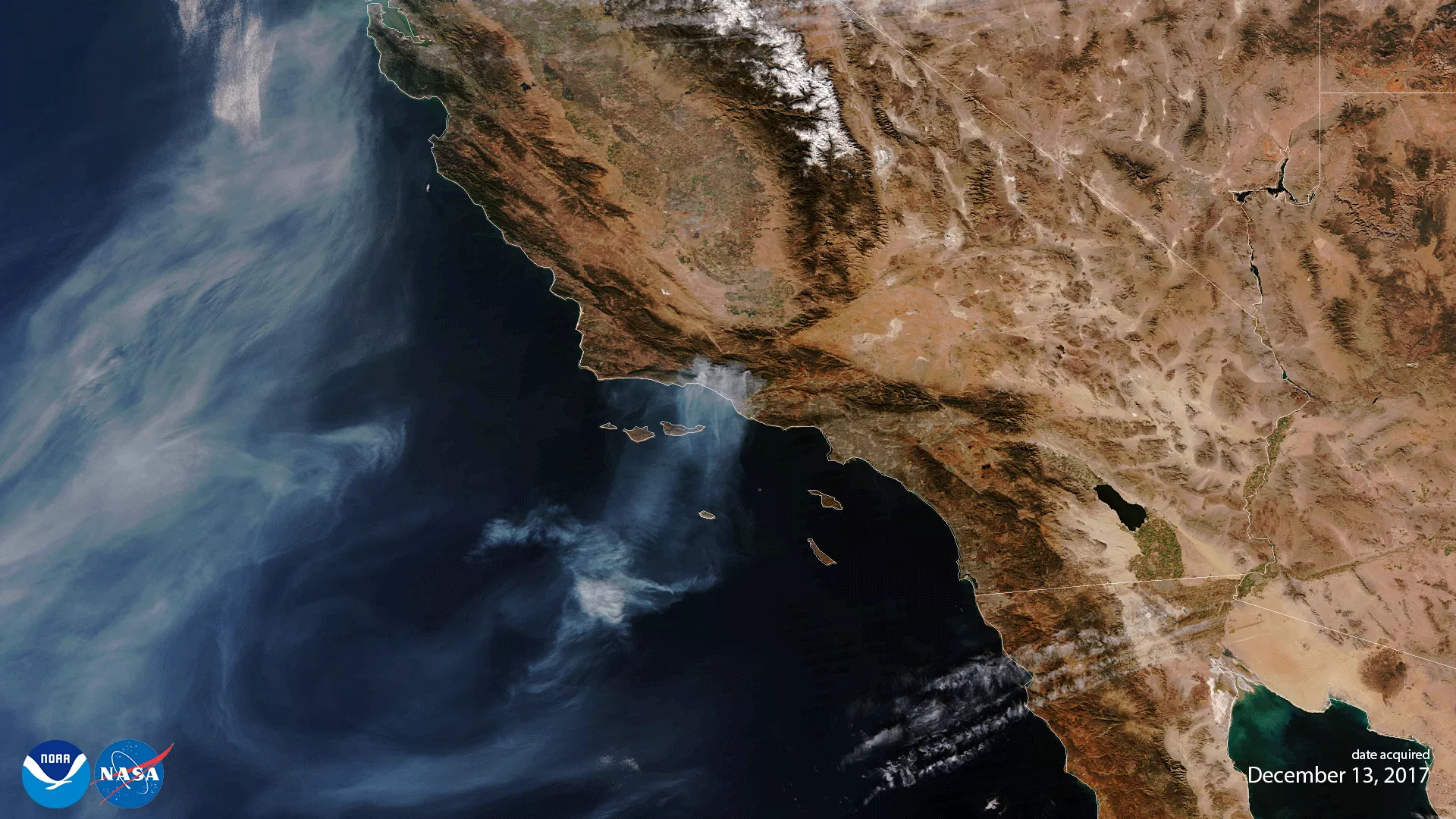
Two years ago on May 30, 2018, NOAA announced that its JPSS satellite, NOAA-20, its first next-generation polar-orbiting weather satellite, was fully operational. Launched on Nov. 18, 2017, the satellite first completed six months of what is called “on-orbit checkout,” a time-intensive process where its systems were tested and its sensors activated and calibrated.
Originally called JPSS-1, the satellite was renamed NOAA-20 after it reached orbit. NOAA-20 is the first weather satellite in the Joint Polar Satellite System (JPSS) , a collaborative program between NOAA and NASA. It lies in the same orbit path as the SuomiNationalPolar-orbitingPartnership (Suomi-NPP) satellite, which was launched in 2011 and previously served as NOAA’s primary polar-orbiting weather satellite.
The two satellites work together as they orbit the Earth 14 times a day to make up for any coverage gaps, providing full global coverage twice a day. Data and observations gathered by NOAA-20 help improve the accuracy of weather models and forecasts while providing vital coverage of polar regions.
The image above is the first True Color rendering of data from NOAA-20’s Visible Infrared Imaging Radiometer Suite (VIIRS) instrument, which showed the Thomas wildfire on Dec. 13, 2017, one of the largest in California’s history. It was taken as part of the satellite’s on-orbit checkout process. VIIRS scans the entire planet twice per day at a 750-meter resolution; multiple visible and infrared channels allow it to detect atmospheric aerosols such as dust, smoke, and haze.